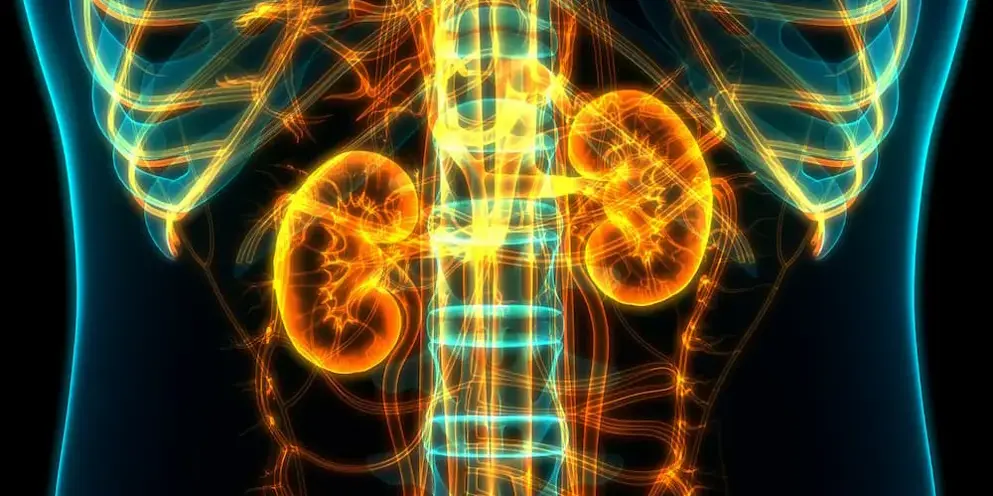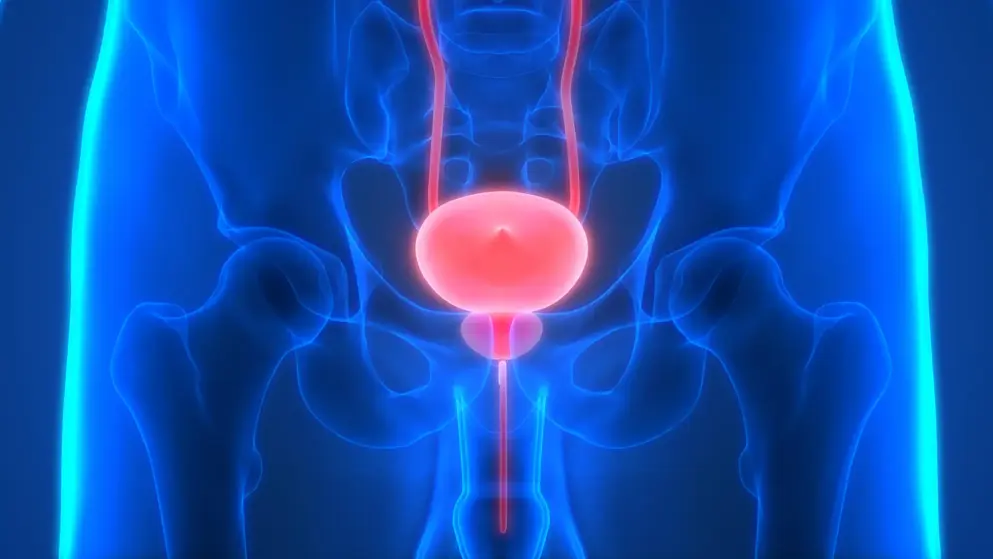
XBCM halves cystoscopy in bladder cancer
By Agata Buczak
The DaBlaCa-15 trial shows that alternating the Xpert Bladder Cancer Monitor (XBCM) test with cystoscopy can halve the number of cystoscopies performed during follow-up in patients with previous high-grade non-muscle-invasive bladder cancer (NMIBC), without affecting recurrence detection.
“These results have the potential to significantly influence future clinical guidelines on NMIBC management,” write Thomas Dreyer (Aarhus University Hospital, Denmark) and co-researchers in European Urology.
Patients with previous high-grade NMIBC and no recurrence confirmed at inclusion cystoscopy were randomized to one of two follow-up strategies: standard care with cystoscopy and urinary cytology every 4 months for 2 years, or an intervention arm with XBCM urinary biomarker testing and urinary cytology every 4 months, plus cystoscopy at months 12 and 24. In the intervention arm, any positive XBCM or suspicious cytology result triggered cystoscopy within 14 days.
The 190 patients in the intervention arm underwent 455 cystoscopies over 2 years, compared with 1,029 among the 187 patients in the control arm – a 55% reduction.
Detection of high-grade NMIBC, muscle-invasive, or metastatic disease in the intervention group was noninferior to the control group, with recurrence observed in 12% and 11% of patients respectively at 24 months. Nor was there an increase in the risk of progression to muscle-invasive or metastatic disease in the intervention arm.
That said, two high-grade pTa recurrences in the intervention arm occurred in patients who had negative XBCM results throughout the study; both were detected at prescheduled cystoscopies. However, among the 22 patients in the intervention group who developed high-grade recurrence, 13 had a positive XBCM test prior to histological confirmation, with a median lead time of 8.3 months.
The XBCM test demonstrated 91% sensitivity and 65% specificity for high-grade disease. Its negative predictive value was 99%, while the positive predictive value was 16%. By comparison, urinary cytology had much lower sensitivity of 9% but higher specificity of 97%.
The authors note that the recurrence rate was lower than expected across both groups, likely reflecting the possibility that modern cohorts have lower rates due to improvements in treatment and imaging. They also caution that results are specific to the XBCM test and do not necessarily apply to other urinary biomarkers.
Still, researchers note that this trial provides high-level evidence that incorporating the XBCM test in the follow-up regimen for high-grade NMIBC may reduce the number of cystoscopies required.
“This test has the potential to reduce both the burden on patients and health care costs for NMIBC,” they conclude.
Developed by EPG Health for Medthority, independently of any sponsor.
of interest
are looking at
saved
next event



